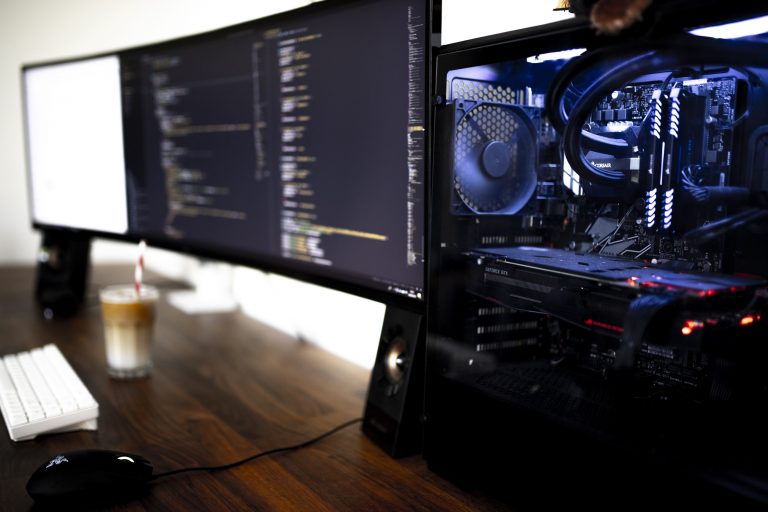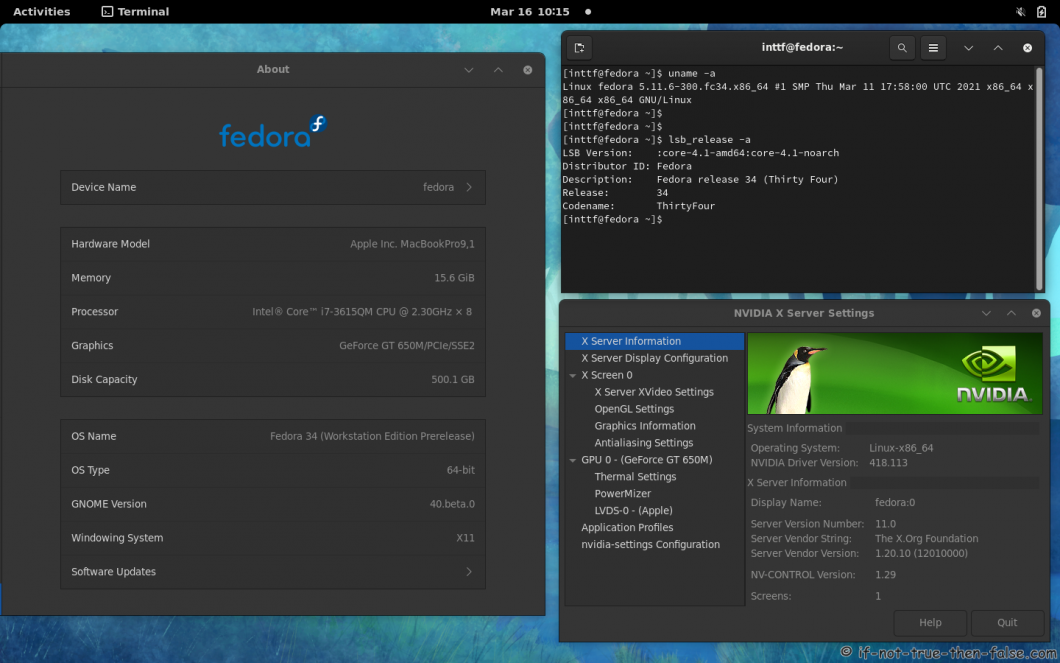

If so, execute the following command to force the installation and resume the installation. In some installations, the sudo apt-get -y install cuda command will return an error stating that some dependencies cannot be installed. Installing from Debian repositoriesīefore installing CUDA on your Jetson Nano, make sure that you have completed the pre-install requisites found in this guide to ensure a smooth and hassle-free installation.Īfter completing the pre-install, execute the following commands to install the CUDA toolkit: wget sudo mv cuda-ubuntu1804.pin /etc/apt/preferences.d/cuda-repository-pin-600 wget sudo dpkg -i cuda-repo-ubuntu-local_11.0.2-450.51.05-1_b sudo apt-key add /var/cuda-repo-ubuntu-local/7fa2af80.pub sudo apt-get update sudo apt-get -y install cuda When installing the JetPack SDK from the Nvidia SDK Manager, CUDA and its supporting libraries such as cuDNN, cuda-toolkit are automatically installed, and will be ready-to-use after the installation so it will not be necessary to install anything extra to get started with CUDA libraries. While installing from the CUDA repositories allow us to install the latest and greatest version to the date, the wise option would be to stick with either the JetPack SDK or the Debian repositories, where the most stable version of the framework is distributed. Installing from Debian (Ubuntu) repositories.To install CUDA toolkit on Jetson Nano (or any other Jetson board), there are two main methods: The flow diagram below indicates the typical program flow when executing a GPU-accelerated: When correctly installed, the CPU can invoke the CUDA functions on the GPU through CUDA framework and thus enables the parallel computing possibility. The framework supports highly popular machine learning frameworks such as Tensorflow, Caffe2, CNTK, Databricks, H2O.ai, Keras, MXNet, PyTorch, Theano, and Torch. CUDA is written primarily in C/C++ and there exist additional support for languages like Python and Fortran. Nvidia calls this special framework that enables parallel computing on the GPU the CUDA ( Compute Unified Device Architecture). However, since the Jetson Nano is designed with special hardware, in order to make the best use of the hardware-accelerated parallel computing using the GPU, a special framework needs to be installed and thereby, machine learning programs can be written using the same. In terms of parallel processing, the Jetson Nano easily outperforms the Raspberry Pi series and pretty much any other Single Board Computers which typically only consist of a CPU with one or more cores and lacks a dedicated GPU. Select OK for three consecutive times as prompted to complete the driver installation.The Jetson nano can be used as a general purpose Linux-powered computer, which has advanced uses in machine learning inference and image processing, thanks to its GPU accelerated processor.Mv /boot/initramfs-$(uname -r).img /boot/initramfs-$(uname -r).img.bakĭracut -v /boot/initramfs-$(uname -r).img $(uname -r) Run the following command to back up and create an initramfs application:.

If the /etc/modprobe.d/nf file is unavailable, create it.Īdd the following statement to the end of the file: blacklist nouveau

Select a driver version at NVIDIA Driver Downloads based on the ECS type. Install the desired program: yum install -y kernel-devel-`uname -r` gcc gcc-c++ Update the software installation source: yum -y update -exclude=kernel* -exclude=centos-release* -exclude=initscripts* Install necessary programs: apt-get install gcc g++ make Update the software installation source: apt-get -y update Update the system software based on the OS.It is recommended that the release time of the kernel version and driver version be the same. In such a case, select the desired kernel version and driver version and reinstall them. If the log shows that the failure was caused by a driver compilation error, for example, the get_user_pages parameter setting is incorrect, the kernel version is incompatible with the driver version. If installing the driver failed, check the driver installation log, which is generally stored in /var/log/nvidia-installer.log. The Linux kernel version is compatible with the driver version.


 0 kommentar(er)
0 kommentar(er)
